Note: This text was created with the help of AI.
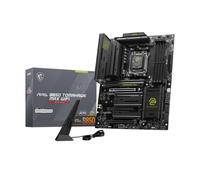
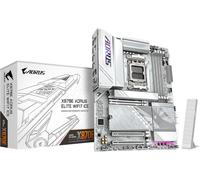

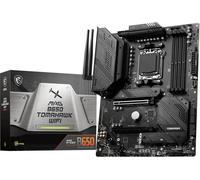

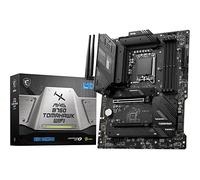


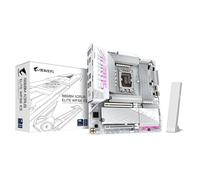
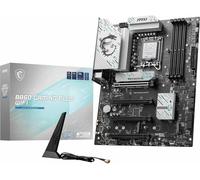


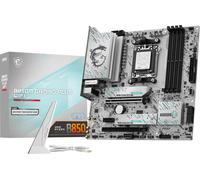
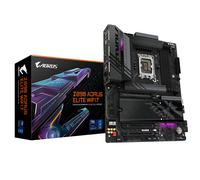
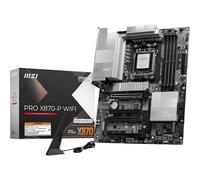



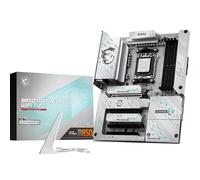
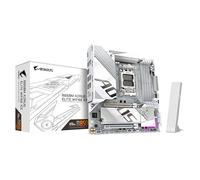



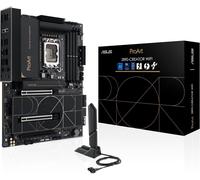

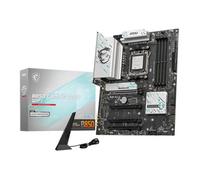
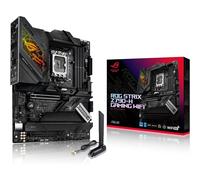

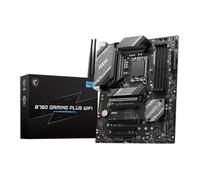


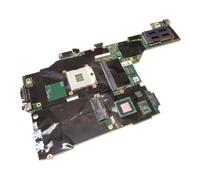


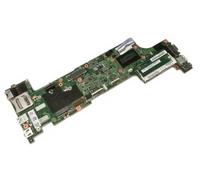
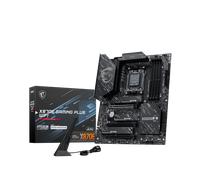

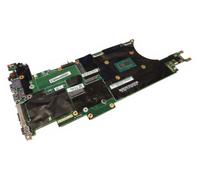

- 1
- 2
- 3
- 4
- 5
- next page
Exciting Offers on Motherboards
The term stands for the motherboard in every computer and laptop. Firmly attached to the motherboard are not only the basic electronics that allow the hardware to work together, but also the connectors for the hardware you need.
While you connect graphics card, fan, processor and RAM directly to the motherboard, you connect devices like hard drives or disk drives to your motherboard via cables.
Which motherboard is suitable for you depends largely on your plans. The fact is that all the major manufacturers now do very good marketing and, in addition to fancy visual appearances of the motherboards, such as elaborate paintwork, LED lighting, bezels and decorations, as well as appealing names such as "Ultra Gaming", advertise many features that are either not real features or are not relevant for many users. So it's up to you to assess your specific needs first.
If you just want to build a functional system that performs well and reliably, but don't want to bother with anything else, in many cases a fairly inexpensive entry-level board with a chipset that serves the basic requirements will do.
If you're interested in overclocking (running processors or other components at a higher clock speed), you'll probably want a board with an overclocking chipset. However, pricey motherboards with overclocking features are often cleverly marketed as "gaming motherboards" to suggest that this gives them a competitive advantage, which is often not the case. Therefore, pay attention to the actual features of the motherboard and do not let yourself be blinded by colorful fancy or great product names.
Before you install the motherboard, you can already install the processor and CPU cooler, if necessary, since you can better reach the device for them before the installation. You should pay attention to the following:
- The pins on the back of the motherboard should never be in direct contact with the case. Therefore use small spacer screws.
- Since a case usually fits several motherboard sizes, you first have to find the right places for the screws. The best way to do this is to lay the case on its side.
- In the next step you have to exchange the old cover for the connectors of the motherboard against a new cover, because the arrangement and number are different from model to model. Most of the time these parts are only clamped, so you can push them out carefully.
- In the last step, carefully place the motherboard on the screwed-in spacer screws and check if everything is centered and all connectors are properly seated in the bezel. Screw the enclosed screws into the holes provided in the motherboard.
You will find four main connectors on every motherboard:
| Connector | Function |
| Base | You place the processor on the socket and fix it with an aluminum bracket. Depending on whether you have an Intel or AMD CPU, you will need a different socket, as the manufacturers have different processor connections. |
| PCI slots | Most processors already have a graphics unit integrated. For more complex programs or games, however, you need an additional graphics card, which you place in the PCI slots. |
| RAM slots | The RAM (Random Access Memory) fits into the slots of the same name. You can find the memory units in different sizes and versions. Gamers and graphic designers who work with a lot of data in the buffer need more RAM. |
| SATA ports | SATA ports are used to connect mechanical hard drives, SSDs and optical drives to your computer. Transfer rates of up to 600 MByte/s are now possible via this port, which is particularly noticeable with SSD hard drives. |
In addition to the standard connections for the main hardware of your PC, there are many other connection options on the motherboard:
- ATX connector.
- Fan connector.
- USB ports.
- P/S2 port.
- HDMI, VGA, DVI.
- LAN.
- Jack connectors.
Generally, current processors also need current mainboards. To find out which mainboard is in your computer, I recommend the CPU-Z program.
Once you have downloaded and opened the tool, you will find detailed information about the mainboard in your computer and the BIOS version used in the "Motherboard" tab. In the next step you can go to the website of the motherboard manufacturer and search for your motherboard.
Once you've found it, you can check the motherboard's product page for some information about the CPUs and BIOS updates to use. So check which processor fits into your motherboard and if a BIOS update is necessary for operation.
If you want to buy a working memory, it is good to know which type of memory module you actually need. Which memory size and which RAM type, for example DDR3 or DDR4, can be installed, can usually be found in the technical details of the board. These can be found either in the manual, the product description or on the manufacturer's website.
In addition to these sources, the corresponding information can also be found via various tools:
- Some memory manufacturers offer their own software that you can use to find out which memory modules are compatible with your current hardware.
- Use tools like "CPU-Z" or "HWMonitor" to check which memory modules are installed in your system.
With this information, you can then look for a suitable memory module.
The mainboard battery or BIOS battery ensures that your computer does not "forget" its basic settings when it is switched off. This concerns for example date and time, but also other system data like hardware configurations or clock frequencies. These central system data are set in the BIOS.
Error messages when starting your PC are a sure sign that the mainboard battery is empty. Typical messages are "Invalid Date and Time", "Mismatch CMOS" or "Configuration Error". In this case you should change the battery.
Exciting Offers on Motherboards
Searching for the perfect motherboard can be overwhelming, especially with the wide range of options available on pricehunter.co.uk. This guide will help you navigate through different types, brands, and essential features, ensuring that you find the right match for your needs at an excellent price.Types of Motherboards
Motherboards come in various types, tailored for different uses. Understanding the distinctions can help you choose one that aligns with your requirements.- AMD B550 ATX Motherboard - Ideal for gamers and power users, providing a great balance of performance and features.
- Micro ATX - Compact size suitable for smaller builds without sacrificing performance.
- Mini ITX - Even smaller, perfect for portable PCs or those looking to save desk space.
- ATX - A standard option that offers expandability for multiple graphics cards and additional RAM.
- Extended ATX - Best for high-end systems that require advanced cooling and lots of components.
Popular Brands
When shopping for a motherboard, brand reputation can play a significant role in your decision. Here are some of the top brands known for quality and reliability.- MSI Pro Motherboards - Renowned for their robust build quality and excellent support.
- ASUS - Offers a wide range of motherboards with innovative features and solid performance.
- Gigabyte - Known for unique designs and high-performance gaming boards.
- ASRock - Provides budget-friendly options without compromising on essential features.
- EVGA - Focuses on high-end models built for overclocking enthusiasts.
Essential Features
Understanding the key features of motherboards can help you identify what will work best for your build. Here are some must-have aspects to consider.- PCIe Gen 4 Motherboard - Supports the latest graphics cards and storage devices for faster data transfer.
- RAM Slots - The number and type (DDR4 or DDR5) dictate how much memory you can install.
- CPU Compatibility - Ensure your motherboard matches your processor brand and socket type.
- Expansion Slots - More slots allow for additional GPUs, sound cards, and other peripherals.
- Onboard Wi-Fi - A convenient feature for those who prefer wireless connectivity.
Usage Scenarios
Your intended use for the motherboard significantly influences your choice. Different scenarios demand different specifications.- AMD Ryzen 7 and Motherboard - Perfect for high-performance tasks such as gaming and content creation.
- Gaming - Requires robust graphics capabilities and fast data transfer.
- Office Work - A standard motherboard with basic features will suffice.
- Home Theater PC - Focus on HDMI outputs and audio performance.
- Overclocking - Choose a motherboard with advanced cooling solutions and power delivery systems.
Smart Technology Integration
Modern motherboards are equipped with smart technologies that enhance performance and user experience. Here’s what to look out for.- Lightning HDMI Technology - Ensures high-quality video output for gaming or media streaming.
- BIOS Updates - Allow for enhancements and improved compatibility with future hardware.
- Smart Cooling Features - Automatically adjust fan speeds to maintain optimal temperatures.
- Integrated Software - Tools for system monitoring and performance tuning.
- Cloud Connectivity - Some boards offer features for remote access and monitoring.
Note: This text was created with the help of AI.
